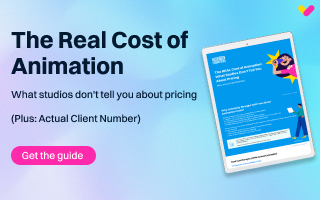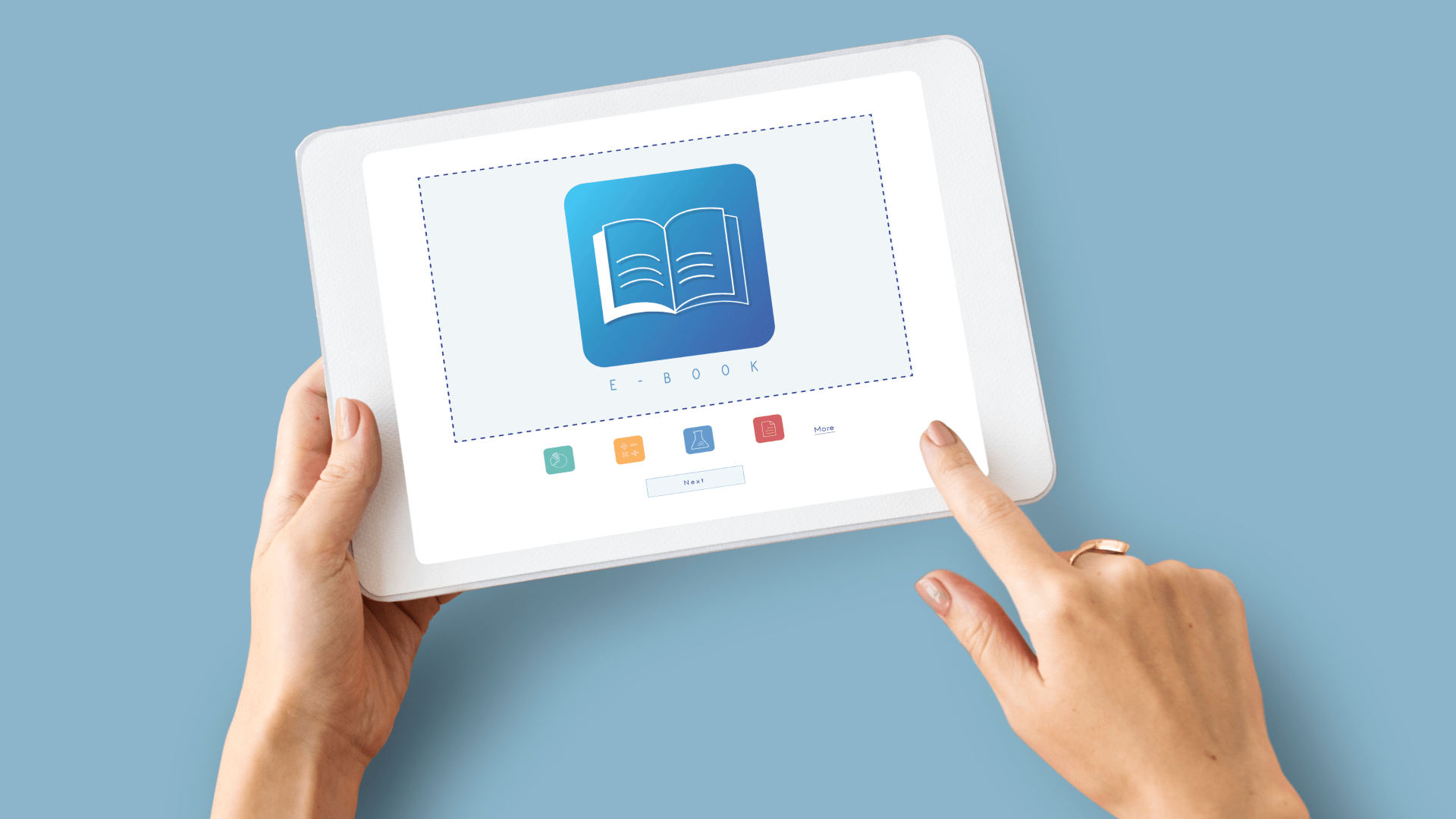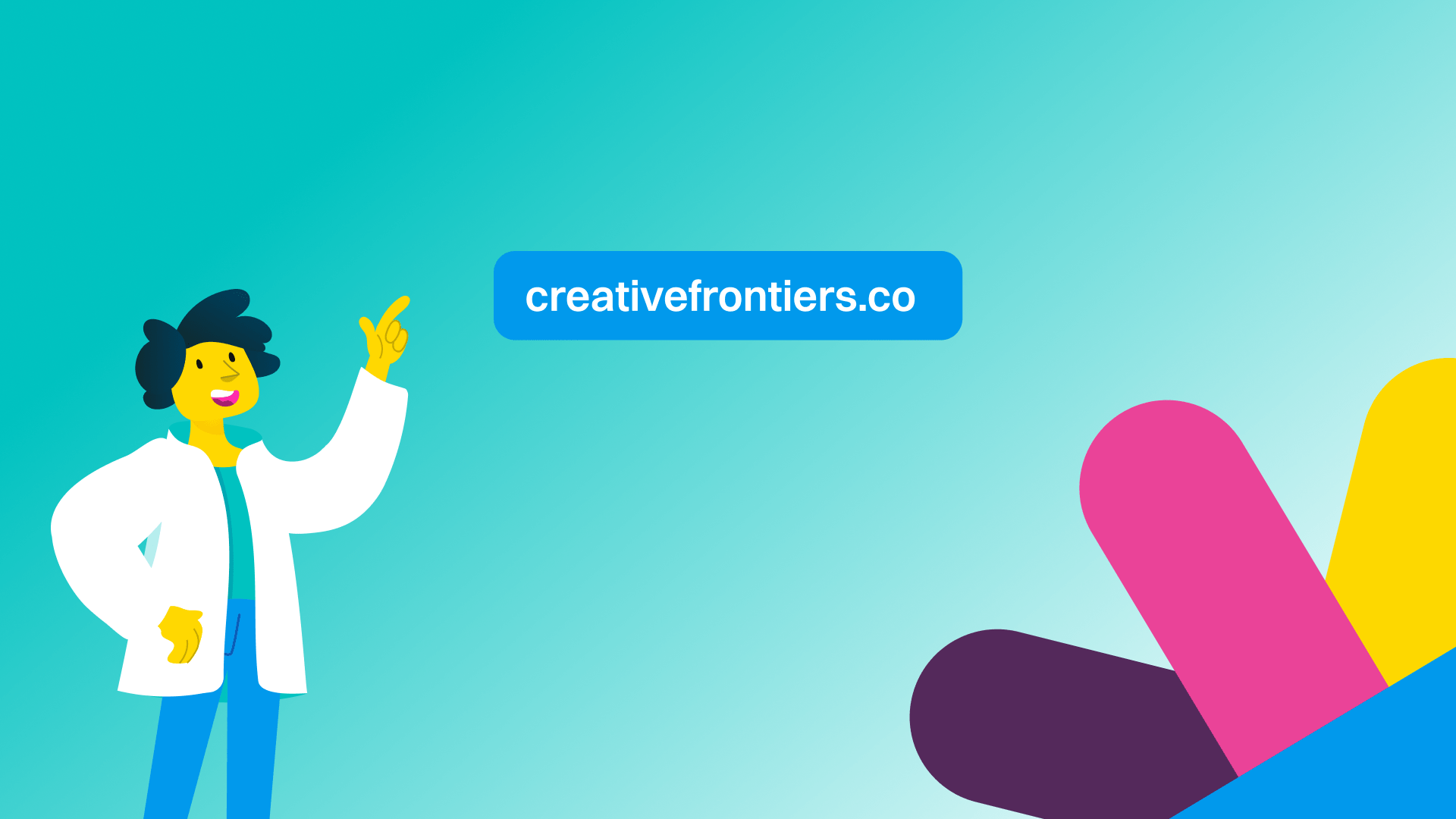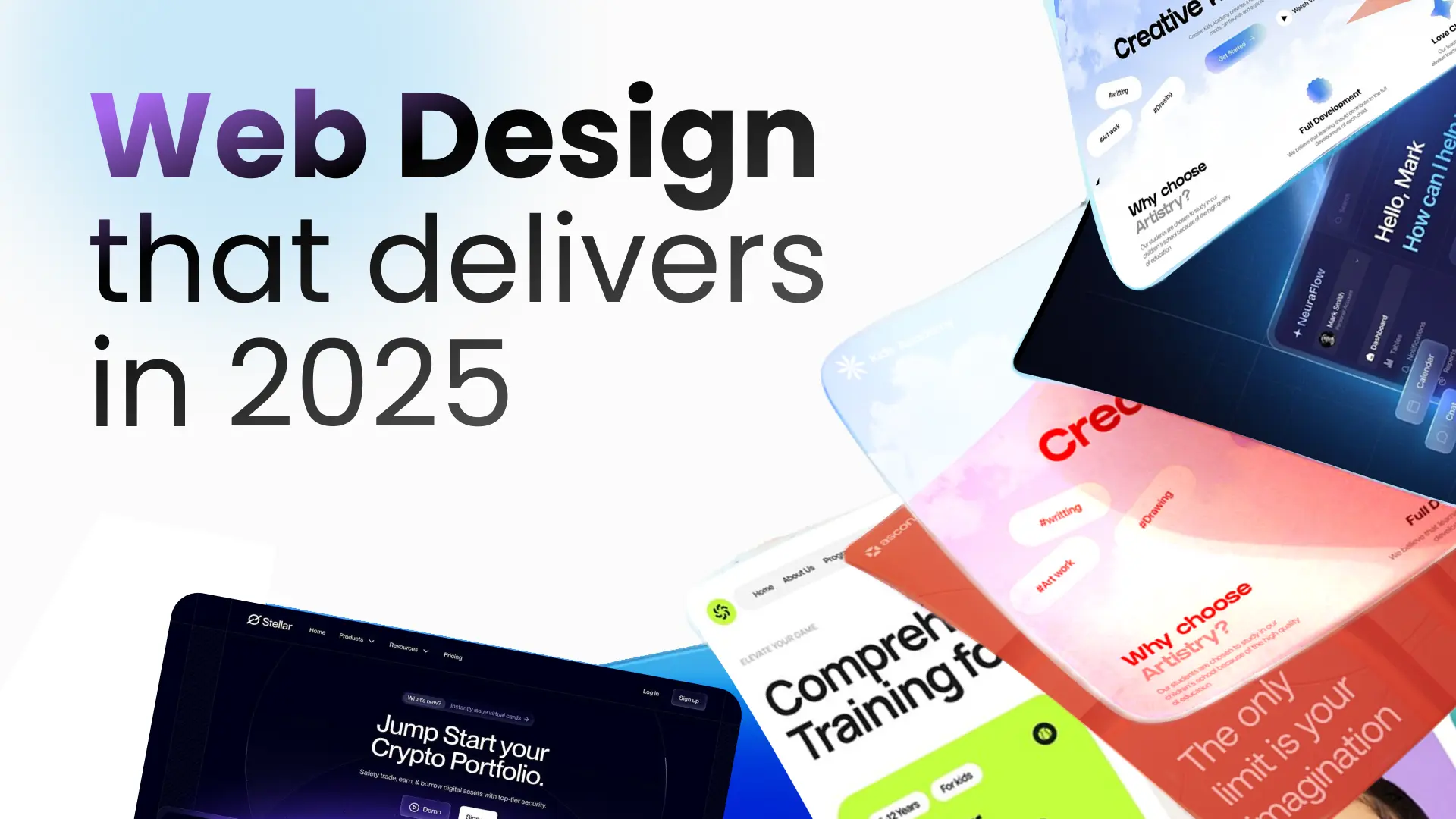
Elearning Content Development for Engaging Corporate Training
E-Learning
August 12, 2025
8
minutes
-min.png)
About the project
It is a long established fact that a reader will be distracted by the readable content of a page when looking at its layout. The point of using Lorem Ipsum is that it has a more-or-less normal distribution of letters, as opposed to using 'Content here, content here', making it look like readable English.
Video styles
Industries
Services
Our involvement
Storyboarding
Commercial Production
Dedicated Project Manager
Dedicated Project Manager
Dedicated Project Manager
Typically takes 15 minutes
In 2024, content-led solutions accounted for over 68% of the global e-learning market revenue, underscoring how organizations now prioritize high-quality, tailored learning materials. As businesses continue to adopt digital training, they seek scalable, sector-specific modules that align with compliance needs. Simultaneously, demand for integration and customization support is driving services forward at a steady 15.3% CAGR.
But what does it take to build elearning content that delivers real value? That’s where e-learning content development comes in: a strategic process that blends subject expertise, design, and technology to boost learner engagement and knowledge retention.
This blog will explore how effective elearning content development can improve learning outcomes, meet business goals, and create engaging elearning experiences tailored to your workforce.
What is Elearning Content Development?
Elearning content development is the process of designing, creating, and delivering digital training materials tailored to a specific target audience. It involves defining learning objectives, collaborating with subject matter experts, and utilizing authoring tools to create interactive modules, such as videos, quizzes, or immersive simulations.
For example, our team at Creative Frontiers developed a comprehensive elearning course to train HR personnel on a client’s internal ACS system, covering everything from course outline and script development to module creation, simulations, and assessments. At its core, it’s about developing high-quality content that supports meaningful learning experiences across online learning platforms and mobile devices.
Explore more about the project here.
Why Elearning Content Development Matters
As organizations continue to invest in digital transformation, elearning content development has become a key driver of workplace training efficiency and performance. Its value lies not just in what it delivers, but in how it helps companies scale learning, cut costs, and achieve measurable business outcomes. The following sections will cover the benefits of elearning content development and its core outcomes:

Business Benefits
- Scalable: Deliver consistent elearning programs across departments, locations, and time zones without added cost or complexity.
- Cost-effective: Reduce spending on travel, venues, and printed materials by shifting to digital learning management systems.
- Global access: Make custom elearning content available anytime, anywhere, on mobile devices and desktops, ideal for remote and hybrid teams.
Core Outcomes
- Improved completion rates: With interactive elements and engaging content, learners are more likely to complete modules on time.
- Higher ROI: Companies see stronger returns when training aligns with business goals and enhances performance.
- Boosted productivity: Streamlined onboarding and upskilling shorten ramp-up times, enabling employees to contribute faster.
The Systematic Content Development Process
A successful elearning program is built on a clearly defined and systematic approach, one that ensures consistency, relevance, and measurable impact at every stage. The content development process not only guides how teams plan and build the course but also helps align it with business goals, learner engagement, and long-term knowledge retention.
Below is a breakdown of the essential stages involved in elearning content development, each contributing to the creation of engaging content that delivers lasting value:
| Stage | Key Activities | Purpose |
|---|---|---|
| Analysis | Define training goals, set clear learning objectives, and study the target audience to understand their roles, needs, and context. | Align with business needs |
| Design | Map the course structure, select suitable delivery methods, and plan interactive elements to keep learners engaged. | Planning structure |
| Development | Use authoring tools like Articulate Storyline to build out elearning courses, animations, and visual content. | Create engaging elearning content |
| Review | Conduct a thorough review with pilot testing, gather feedback from subject matter experts, and revise where needed. | Ensure quality and alignment |
| Delivery | Deploy the course via a learning management system, ensure access across mobile devices, and enable analytics tracking. | Deploy and track |
| Optimization | Use data-driven decisions, track learner progress, analyze ROI, and refine the course based on insights. | Improve iteration |
Key Elements to Create High Quality, Engaging Content
Creating high-quality content goes beyond delivering information; it’s about crafting experiences that engage, challenge, and transform how people learn. The effectiveness of any elearning program hinges on a few key elements that enhance learner engagement and ensure long-term knowledge retention.
Interactive Elements and Simulations
Incorporating interactive elements such as branching scenarios, knowledge checks, and immersive simulations helps learners apply concepts in real-world situations. These tools allow employees to make decisions, receive instant feedback, and understand the impact of their choices in a safe, digital environment.

For instance, using scenario-based learning for system or compliance training encourages learners to stay engaged and take ownership of their progress.
Personalized Learning Through Modularity
Features like adaptive learning and microlearning modules support employees at their own pace, making the training process flexible and relevant. Adaptive tools tailor content delivery based on individual performance, while bite-sized modules are easier to absorb, especially for busy professionals working across time zones or roles.
Cross-functional Collaboration
High-impact elearning content development requires collaboration between instructional designers, subject matter experts, and visual storytellers. SMEs ensure relevant content accuracy, while designers focus on learning flow and clarity. Together, they help create engaging modules that balance technical accuracy with engaging delivery.
Modular and Custom Approaches
Organizations increasingly demand custom elearning tailored to specific departments or use cases. This is where rapid e-learning development shines, allowing teams to build modular courses quickly without sacrificing quality. Whether it’s a standalone module or part of a larger elearning program, modular design improves flexibility and reusability across various teams.
- Example: We helped Sunrise develop an interactive HR training course focused on router selection for different business needs. The project included scenario-based chats, quizzes, and case studies, designed to reinforce practical understanding through engaging visuals and simulations. (View full project here)
Tools And Technology Behind the Scenes
Modern elearning content development is powered by intuitive tools and smart technologies that simplify production while enhancing the overall learning experience. Behind every successful elearning course is a tech stack designed to streamline workflows, support diverse learning styles, and ensure consistent delivery.
Instead of relying on rigid templates, today’s content creators use flexible authoring tools that enable teams to design responsive, interactive modules from the ground up. These tools allow for rapid prototyping, localization into multiple languages, and SCORM-compliant packaging, making the content user-friendly, immersive, and ready for deployment across platforms.

Integration with a learning management system (LMS) is another essential layer. It allows organizations to track completion rates, measure engagement, and gather analytics that support data-driven decisions for future content iterations.
Many companies also incorporate social learning by embedding peer interactions, discussion threads, or group feedback into the training experience. Combined with blended delivery methods, such as instructor-led webinars paired with online learning modules, these approaches promote better participation and knowledge retention.
With the right mix of creative vision and backend support, businesses can deliver engaging elearning that is scalable, adaptable, and truly impactful.
Measuring Success & Iterating
Even the most well-designed elearning content must be evaluated continuously to ensure it delivers the intended results. Measuring success is not a one-time activity—it's an ongoing process that guides improvement, maximizes ROI, and strengthens the overall learning experience.
- Use data-driven decisions: Collect insights from post-course surveys, learner engagement stats, quiz performance, and completion rates. This data helps identify content gaps, technical issues, or areas where learners may be disengaging.
- Track ROI and optimize: Evaluate how your elearning program supports broader business outcomes, such as improved productivity, reduced onboarding time, or enhanced compliance. This ensures the content remains cost-effective while supporting organizational goals.
- Commit to continuous improvement: A thorough review cycle involving feedback from subject matter experts, trainers, and learners ensures your elearning courses stay updated, accurate, and engaging. Regular updates based on analytics and feedback are key to increasing learner engagement and overall course success.
By treating elearning content development as a living process, not a one-off task, organizations can adapt, refine, and scale their training strategies for long-term impact.
Best Practices for Corporate eLearning
To truly maximize the impact of elearning content development, organizations must go beyond generic training and adopt practices tailored to corporate environments. The most effective programs reflect actual business needs, employee workflows, and evolving learning habits. Here are some of the best practices:
Align with Real World Situations
Build courses around practical scenarios, such as customer interactions, compliance tasks, or software tools, to reinforce relevance. When employees recognize familiar contexts, their knowledge retention improves, and application becomes seamless.
Make Content Relevant and Collaborative
Engage subject matter experts and internal staff in the content creation process. Their insights ensure the content is relevant, accurate, and reflective of current challenges. This also results in more engaging content that feels authentic to the workforce.

Support Flexibility with Adaptive Paths
Empower learners with adaptive learning paths that adjust based on performance or job role. Add features that allow them to move at their own pace, and ensure full access across mobile devices to support learning anytime, anywhere.
Encourage Social Learning
Create opportunities for employees to engage with peers via forums, discussion boards, or feedback loops. Incorporating social learning not only builds a stronger learning culture but also boosts learner engagement through shared knowledge and support.
Following these practices helps organizations develop custom elearning content that’s practical, scalable, and impactful, driving performance while aligning with broader business objectives.
How Our Creative Agency Can Help
At Creative Frontiers, elearning content development isn’t just a service; it’s a core part of what we do. We specialize in designing tailored digital learning experiences that help organizations upskill teams, improve performance, and drive business outcomes.

Our expertise spans bespoke learning, e-learning development services, and rapid e-learning development, making us a trusted partner for businesses looking to deliver engaging, scalable training programs. Whether you need a custom course from the ground up or need to repackage existing content into a more interactive format, our team brings the strategy, creativity, and technical know-how to get it done, fast and effectively.
From content strategy and storyboarding to simulations, assessments, and multi-language support, our work is guided by your goals and your target audience. We use a systematic approach to help you develop high-quality content that boosts learner engagement, enhances knowledge retention, and aligns with your internal systems and tools.
Explore some of our successful projects by visiting our e-learning portfolio.
Gain Better Results with the Right Elearning Strategy
When done right, elearning content development delivers more than just information; it improves learner performance, boosts engagement, and drives measurable ROI. From scalable delivery and real-time tracking to interactive elements and custom elearning formats, it's a powerful tool for businesses focused on long-term growth and adaptability.
If you're ready to create high-quality content tailored to your team’s needs, our experts are here to help. We combine creativity with proven strategy to help you build engaging learning experiences that align with your brand, culture, and goals.
Explore how our e-learning services can support your next initiative.



%20%2B%2010%20(For%20EEI).png)

.png)





